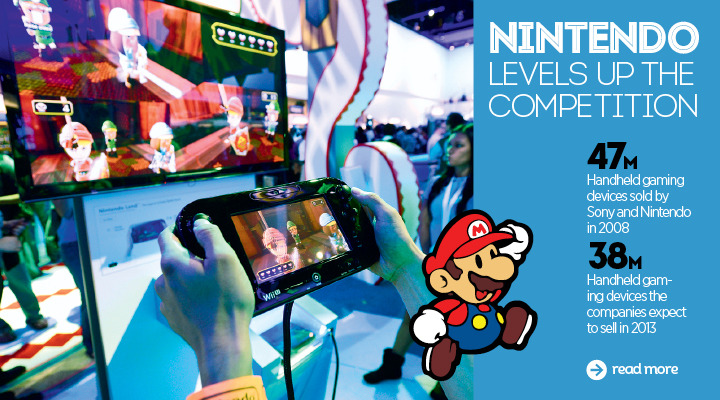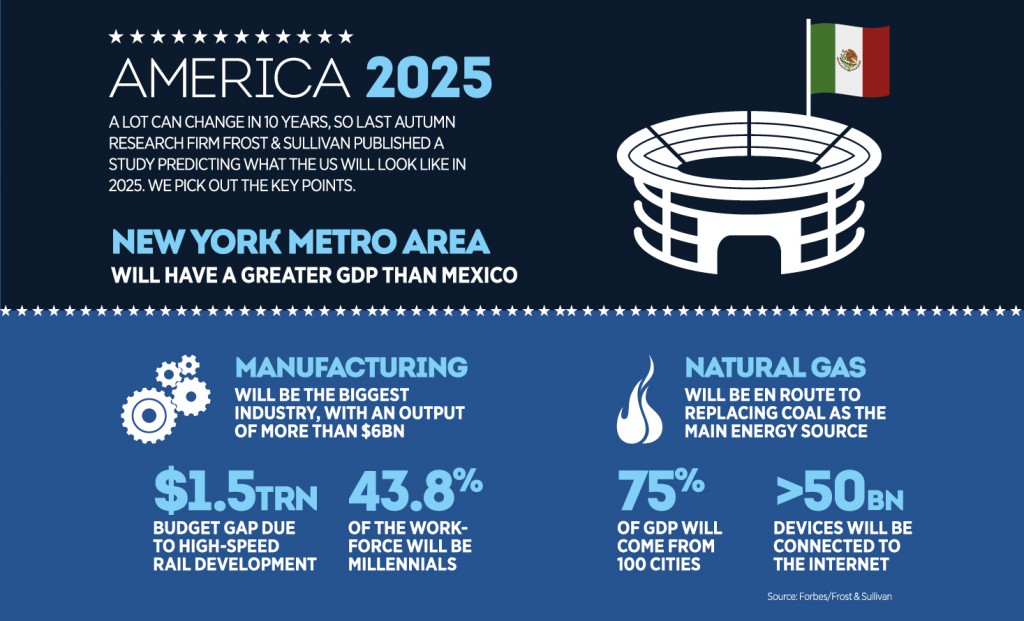Nintendo levels up the competition
Nintendo has come first out of the gate in the eighth generation of video game consoles. Its new Wii U gaming system features a unique touchscreen controller intended to entice gamers with ‘asymmetrical gameplay’, where the player’s experience changes depending on whether they are using the new controller or the old Wii remote. The touchscreen […]

Nintendo has come first out of the gate in the eighth generation of video game consoles. Its new Wii U gaming system features a unique touchscreen controller intended to entice gamers with ‘asymmetrical gameplay’, where the player’s experience changes depending on whether they are using the new controller or the old Wii remote. The touchscreen controller also allows the game to be played without a TV set.
With its new system, the Japanese company hopes it can rise to the challenge brought about by the recent surge in popularity for touchscreen gaming on tablets and mobile phones, while also outdoing the competition. Nintendo chief executive Satoru Iwata said: “The chances of consumers buying our software would be less and less if what we make isn’t so much different. We have to make games that smartphones or tablets can’t do.”
Nintendo’s traditional competitors Sony and Microsoft will be watching the performance of the Wii U eagerly as they are due to announce their own eighth-generation consoles. With the video game industry changing, Nintendo’s success or failure in attempting to compete with tablet and mobile phone games should provide them with a valuable insight. The response of the traditional players in this changing market will have a significant impact on their fortunes and further reveal the direction the industry is set to take.
Nintendo’s strategy to sell its console at a slight loss with the intention of recovering profits from game sales will also be of interest to the competition. This has traditionally been common practice in an industry where hardware is expensive to produce, so it is important to see if the strategy continues to work this generation. At the current price, however, most consumers only need to purchase one additional game for Nintendo to reap a profit.













